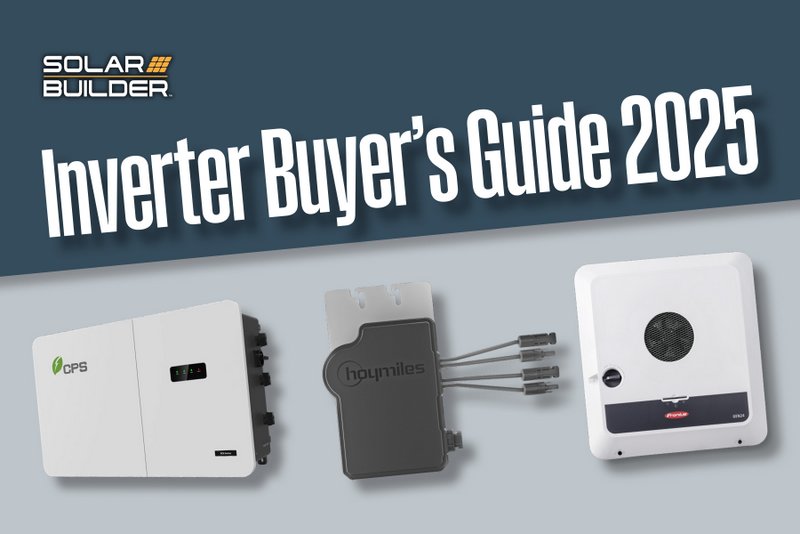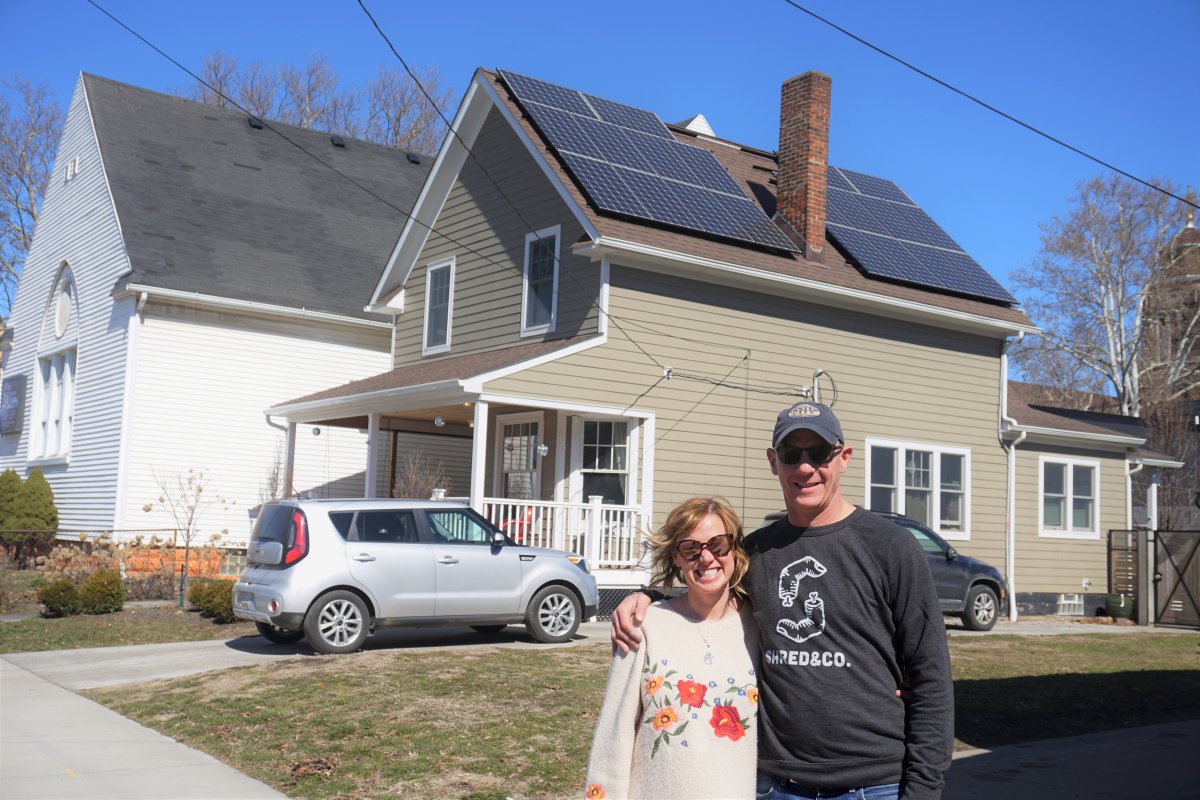From the Gridiron to the Electric Grid
Installing solar power systems at NFL stadiums provide both cost savings and great public relations opportunities for everyone involved.
Entering FedExField, home to the Washington Redskins, fans are greeted by a 30-ft tall man. It isn’t an homage to three-time Superbowl winner and Hall of Fame-inducted coach Joe Gibbs. Instead it’s known as “Solar Man,” made of solar panels and is one of the first iconic images relating to renewable energy in the sports industry. But it will be the first of many, as long as NRG Energy is involved.
Besides the Redskins, NRG is participating with six other NFL franchises to build solar and/or wind power projects on-site. Installations at these stadiums, with their large footprints and massive fan bases, provide excellent energy savings and promotional opportunities for companies like NRG.
 ON THE OFFENSE
ON THE OFFENSE
NRG has had a presence with the NFL through its subsidiary company Reliant (which serves Texas). The Houston Texans began playing at Reliant Stadium in 2000 and will continue for the next two decades under a 30-year naming rights deal.
With a foot in the door and an understanding of what it takes to run a stadium, NRG approached teams about working with renewable energy in late 2010.
“Some teams approached us and we approached some teams, but our goal is to focus on the elite NFL franchises,” says Manny Rodriguez, NRG vice president of sponsorships, events and charitable giving. “The idea here is to partner with an iconic team, create iconic infrastructures that really help change the dialogue of how people see energy and how people look at how energy is used. We couldn’t think of a better partner than the NFL.”
As of today, NRG is involved with projects for the Top 7 teams in the league (according to Forbes’ Most Valuable Teams list from Sept. 2011). Installations with the Washington Redskins, New York Giants, New York Jets and New England Patriots are complete, while one with the Philadelphia Eagles should be finished before the year’s end.
“All of these we look at as partnerships,” Rodriguez says. “Each team has a different vision. Each owner has a different reason for doing these things. We partnered with the teams to help the owners meet those specific visions. We really work with the teams to meet all of their needs, whether it’s solar, whether it’s wind, whether it’s on-site generation.”

Cranes prepare to hoist panels above the stands at MetLife stadium. NRG installed a 300-kW solar ring of translucent solar panels back-lit with LEDs at the home of the Giants and Jets.
At MetLife Stadium (home to the Giants and Jets), NRG installed a 300-kW solar ring around the top of the stadium. Translucent solar panels are back-lit with LEDs and can show different colors and designs. During a Jets game the ring could be green, it could be blue for the Giants or feature a waving flag during the National Anthem.
“Other than providing solar power, it’s going to create a lot of visible beauty and enhancements to the stadium and differentiation for the teams,” Rodriguez says.
The Patriots now have a 1-MW canopy attached to Patriot Place, a shopping and dining site located adjacent to Gillette Stadium. Phase 2 of the project is in the works, with a possible 2-MW wind turbine on the table.
Redskins fans at FedExField can be shaded and sheltered (and greeted by Solar Man) with 2 MW of solar canopies above 850 parking spots in the VIP lot. There are also 10 electric vehicle charging stations throughout the parking area.
“Not only does it provide power, but think of the 850 people who are parking under solar covered parking,” Rodriguez says. “If it’s hot out, it’s cooler because it’s shaded. If it’s cold out and rainy and windy, it’s warm because it’s protected from the elements. This creates a unique customer experience for them.”
The installation at Lincoln Financial Field for the Eagles will feature a 3-MW solar array and 14 micro-wind turbines (seven over each end zone).
TOUCHDOWN
Rodriguez says football stadiums are ideal for solar installations because of their massive size.
“Think about the footprint these stadiums all occupy. They’re usually wide-open footprints,” Rodriguez says. “You don’t usually see any of these stadiums encumbered by tall buildings or trees or anything like that. Most of these stadiums have a southward facing façade. It’s just a natural fit for solar, given the space that these facilities have.”
For NRG’s installations, almost 100 percent of power at peak hours comes from the solar systems during non-game days. And on game days (using FedExField for an example, which sees more than 90,000 fans), nearly 20 percent of the power comes from the solar installations.
While fans are surrounded and using solar power at the stadiums, their game experience isn’t negatively affected by the installations.
“One of the most important things to any fan is tailgating. These structures in no way affect tailgating,” Rodriguez says of the solar canopies at FedExField. “They’re high enough (about 17 ft). They don’t affect the fans’ ability to throw a football. In some of these instances, we’ll have outlets so people can connect an electric grill. Imagine tailgating and connecting your grill to a source that is powered by the sun. The fan experience is incredibly important to the teams, and it’s incredibly important to us.”
And while the football teams may be saving in electricity costs, introducing football fans to alternative energy is NRG’s top goal.
“Part of the reason we partnered with the NFL is the ability to interact with the customer,” Rodriguez says. “The customer will not only see it, they’ll get to experience it. They’ll get to really understand and help change the dialogue on how people use energy.”
See our short story on solar installations for the MLB at Busch Stadium here.




